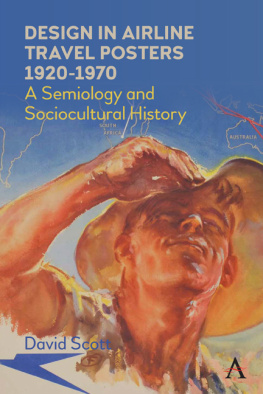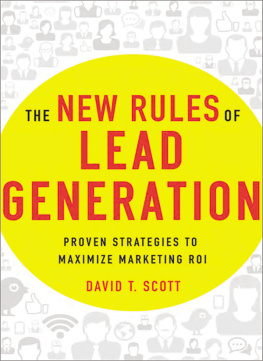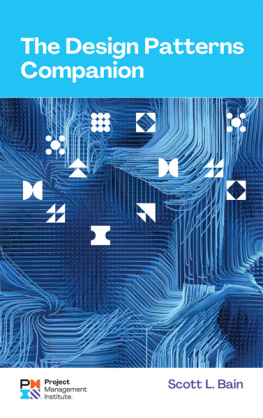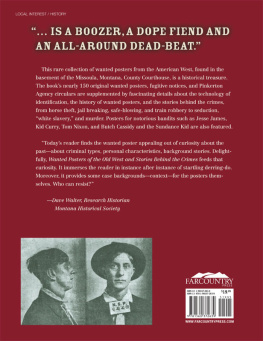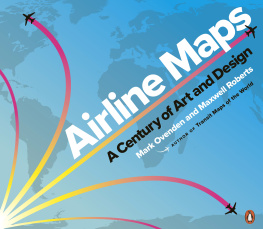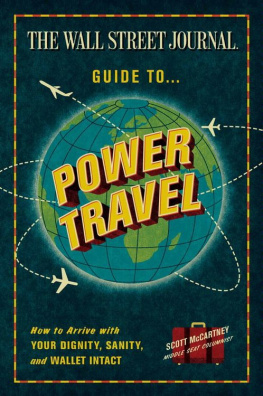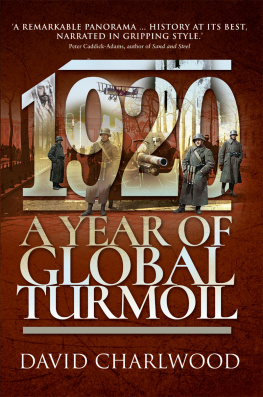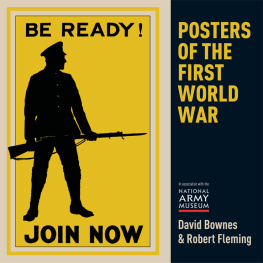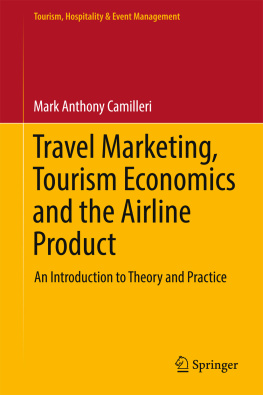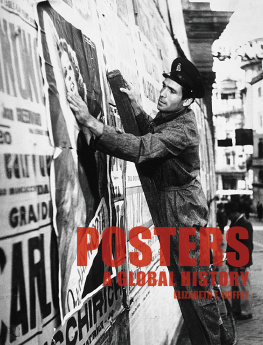David Scott - Design in Airline Travel Posters 1920-1970
Here you can read online David Scott - Design in Airline Travel Posters 1920-1970 full text of the book (entire story) in english for free. Download pdf and epub, get meaning, cover and reviews about this ebook. year: 2021, publisher: Book Network Intl Limited trading as NBN International (NBNi), genre: Romance novel. Description of the work, (preface) as well as reviews are available. Best literature library LitArk.com created for fans of good reading and offers a wide selection of genres:
Romance novel
Science fiction
Adventure
Detective
Science
History
Home and family
Prose
Art
Politics
Computer
Non-fiction
Religion
Business
Children
Humor
Choose a favorite category and find really read worthwhile books. Enjoy immersion in the world of imagination, feel the emotions of the characters or learn something new for yourself, make an fascinating discovery.
- Book:Design in Airline Travel Posters 1920-1970
- Author:
- Publisher:Book Network Intl Limited trading as NBN International (NBNi)
- Genre:
- Year:2021
- Rating:3 / 5
- Favourites:Add to favourites
- Your mark:
- 60
- 1
- 2
- 3
- 4
- 5
Design in Airline Travel Posters 1920-1970: summary, description and annotation
We offer to read an annotation, description, summary or preface (depends on what the author of the book "Design in Airline Travel Posters 1920-1970" wrote himself). If you haven't found the necessary information about the book — write in the comments, we will try to find it.
Design in Airline Travel Posters 1920-1970 — read online for free the complete book (whole text) full work
Below is the text of the book, divided by pages. System saving the place of the last page read, allows you to conveniently read the book "Design in Airline Travel Posters 1920-1970" online for free, without having to search again every time where you left off. Put a bookmark, and you can go to the page where you finished reading at any time.
Font size:
Interval:
Bookmark:

Design in Airline Travel Posters 19201970
Design in Airline Travel Posters 19201970
A Semiology and Sociocultural History
David Scott

Anthem Press
An imprint of Wimbledon Publishing Company
www.anthempress.com
This edition first published in UK and USA 2021
by ANTHEM PRESS
7576 Blackfriars Road, London SE1 8HA, UK
or PO Box 9779, London SW19 7ZG, UK
and
244 Madison Ave #116, New York, NY 10016, USA
Copyright David Scott 2021
The author asserts the moral right to be identified as the author of this work.
All rights reserved. Without limiting the rights under copyright reserved above,
no part of this publication may be reproduced, stored or introduced into
a retrieval system, or transmitted, in any form or by any means
(electronic, mechanical, photocopying, recording or otherwise),
without the prior written permission of both the copyright
owner and the above publisher of this book.
British Library Cataloguing-in-Publication Data
A catalogue record for this book is available from the British Library.
Library of Congress Control Number: 2020952788
ISBN-13: 978-1-78527-628-6 (Hbk)
ISBN-10: 1-78527-628-X (Hbk)
This title is also available as an e-book.
For Peter Spearritt,
friend, colleague and inspirational adviser in this project.
CONTENTS
The field of poster studies is a vast one, but it is surprising how little work has been done to date on the fundamental structures semiotic and semantic that underpin the visual messages posters produce. Most studies of posters focus on their history (Mller-Brockman & Yoshikawa, ), to date no book has taken a broader approach to both the form and the content, the medium and the message, of air travel posters. This book sets out to tackle these latter issues since they are fundamental both to the deeper significance and to the wider appeal of the poster as a cultural form, and to an understanding of air travel.
Since posters are cultural signs, to understand better how they work and the value attached to them even after their commercial or political message has been communicated, it is useful to analyse them in terms of both their sociocultural history and their semiological structure. The status of the poster as sign has to date been analysed in depth by Fresnault-Deruelle (aspects of the poster and to show how the interaction of these aspects produces the specific quality of its messages.
Although posters are essentially word/image constructs, little attention has in fact been paid to this fundamental aspect of their semiological structure. While Roland Barthes () to date has pursued the implications of this for the rhetoric of persuasion that is activated by the poster in fulfilling its dual function as provider of information and agent of seduction. For the poster, from the start of the twentieth century, has established a conventional repertory of textual/visual motifs that it has applied across a wide range of communicative functions political, commercial and artistic. The way these motifs are structured is worth analysing since it reveals much about the way cultural messages are constructed and the way the poster is able to promote both a specific, product-centred message and aesthetic pleasure through a multiplicity of connotations.
Since the range and number of posters produced in the twentieth century are vast, this study will focus on pursuing the vital word/image, semiotic/cultural aspects specific to the poster form in the context of airline travel. This focus has been selected for the following reasons:
There is a substantial corpus of airline posters from the development of commercial airlines in the 1920s right through to the end of the century.
This corpus comprehensively exhibits the features that characterize the rhetoric of persuasion intrinsic to the poster in the modern world and the way these strategies are modified in the light of changing times, fashions and circumstances.
Airline posters offer one of the best contexts in which to examine the development of logo or marque as a key element in commercial brand promotion.
As a modern and dynamic means of transport, airline travel has necessitated, in the development of its promotional material, interaction of informative and fantasy components. This is reflected in the way the airline poster balances verifiable information (time, itinerary, destination) and fantasy investment (speed, glamour, exoticism).
The complex conceptual issues raised by rapid, long-distance air travel and the concomitant negotiation of different cultures and destinations within a short time period have offered a challenge that has brought the best out of some poster artists (Games, Henrion, Lee-Elliot), leading them to produce airline travel images that are exemplary not only in their period glamour and nostalgia but also in their graphic styles functional efficiency.
The focus of this project will be further narrowed by discussion of airline posters per se rather than by airline advertising in general. So the many newspaper, magazine or brochure advertisements put out by airline companies will only incidentally figure in it. This is because the message function of the poster is different from that of the magazine ad or brochure, in particular in that the latter two types usually contain considerable segments of text in small print. This textual material requires time and attention with the effect that the viewer of the advertisement becomes a reader, being required momentarily to devote his or her attention exclusively to the textual component, whereas in the poster proper the textual message is never viewed in isolation from its image matrix. This book is therefore a study of the poster as poster as much as of airline promotional imagery and looks at the latter in terms of the former. As it happens, the themes that dominate in airline advertising, as suggested above, are particularly appropriate to treatment in the rapid, graphic shorthand that is the hallmark of the poster.
Since it is the poster format and functions that constitute the primary focus of this study, these rather than more specific angles individual themes such as airlines, aircraft, itineraries and periods will constitute the main thrust of the enquiry. Naturally the themes just mentioned will figure prominently in our discussion of poster design and content, but our main concern will be with how the various themes and subjects articulated in airline posters are shaped and motivated by the poster format itself and what it tells us about the way commercial messages are constructed. And here the main themes, those that in effect provide the basis of the chapter headings of this study, reflect both the motivating impulses destinations and itineraries, glamour and sex appeal, democratizing the skies and the semiological structures reading strategies, framing devices and indexical motifs that shape the fundamental airline poster messages.
The combined treatment of semiological and semantic or ideological elements of the airline poster reflects the authors fundamental commitment in this book to examining the dual implications of poster communication, which is constituted by both message structure and message content. So in what follows, succinct outlines of the general principles operative in posters as communicative structures will be accompanied by a sociocultural analysis of the poster messages essential content. The latter aspect of the subject area, not least in the light of the chronological span of half a century (192070) to which this project has restricted itself, is of course potentially unlimited, but this study will attempt nevertheless to restrain itself to the most salient points, points which will in all instances be substantiated by the poster material reproduced in evidence. Naturally the latter will in part be a function of selection governed in part by the authors particular preferences or proclivities but the dominant criteria for selection of posters will be the efficiency with which they unite function and fantasy, and express the relationship between denotation and connotation, factual accuracy and desire. Posters will be grouped precisely according to the way in which certain structures and motifs become conventionalized, setting up a repertory of strategies repeatedly articulated in airline advertisement. So each of this books successive chapters will be built round a corpus of cognate poster images with the aim of foregrounding a visual repertory that substantiates the structural or thematic generalizations put forward in the body of the text. The aim of this approach will also be to show how, in general, the most successful posters are also the most beautiful, beauty in the poster being a function of the optimal coordination of the essential graphic and thematic elements that constitute it.
Font size:
Interval:
Bookmark:
Similar books «Design in Airline Travel Posters 1920-1970»
Look at similar books to Design in Airline Travel Posters 1920-1970. We have selected literature similar in name and meaning in the hope of providing readers with more options to find new, interesting, not yet read works.
Discussion, reviews of the book Design in Airline Travel Posters 1920-1970 and just readers' own opinions. Leave your comments, write what you think about the work, its meaning or the main characters. Specify what exactly you liked and what you didn't like, and why you think so.

